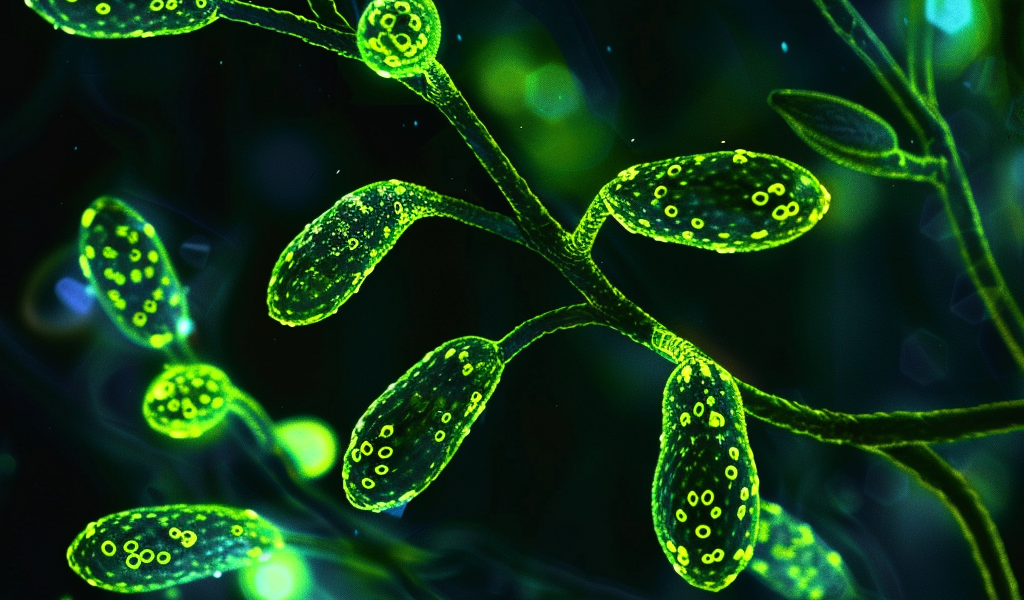Study Reveals Dynamics of Meiotic Recombination in Plants with Repeat-Based Holocentromeres
During meiosis, homologous chromosomes (homologues) undergo meiotic recombination, exchanging genomic material between them. This exchange is initiated by physiologically induced DNA double-strand breaks (DSBs). The formation of meiotic DSBs is commonly resolved via crossovers (COs) or other recombination outcomes, called non-COs. COs can be divided into two classes. In plants, class I COs are the most prevalent and are sensitive to interference—they do not occur near each other along a chromosome—whereas class II COs are insensitive to interference and can accommodate around 10% of the total COs. Although the repertoire of meiotic-specific recombination pathways has been extensively studied in many organisms, the dynamics of CO formation in plants with repeat-based holocentromeres have remained elusive.
A recent study published in Nature Plants sheds light on the primary drivers of crossover patterning in plants with repeat-based holocentromeres. The study focused on the holocentric plant Rhynchospora breviuscula, a species with diffused centromeres, to investigate how recombination is regulated and distributed. The researchers combined immunocytochemistry, chromatin analysis, and high-throughput single-pollen sequencing to uncover the dynamics of meiotic recombination in this plant species.
The findings revealed a distally biased crossover frequency, which was in sharp contrast to the diffused distribution of hundreds of centromeric units and (epi)genomic features. Surprisingly, the study found that crossovers were abolished inside centromeric units but not in their proximity, indicating the absence of a canonical centromere effect. The researchers further proposed that telomere-led synapsis of homologues is the feature that best explains the observed recombination landscape in R. breviuscula.
These results hint at the primary influence of mechanistic features of meiotic pairing and synapsis rather than (epi)genomic features and centromere organization in determining the distally biased crossover distribution in R. breviuscula. The study suggests that centromeres and (epi)genetic properties only affect crossover positioning locally, emphasizing the significance of understanding the intricate mechanisms underlying meiotic recombination dynamics in plants with repeat-based holocentromeres.





